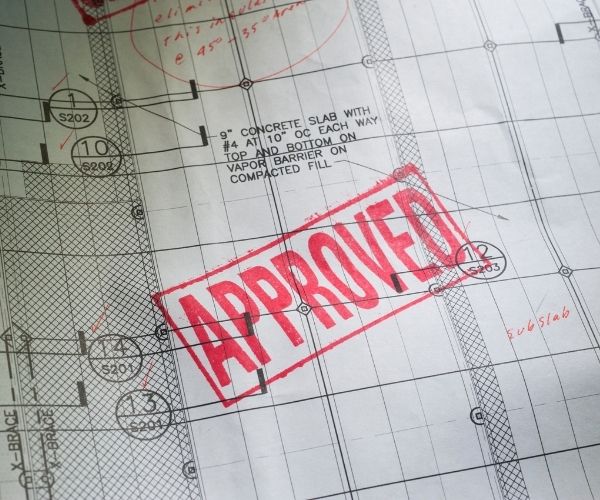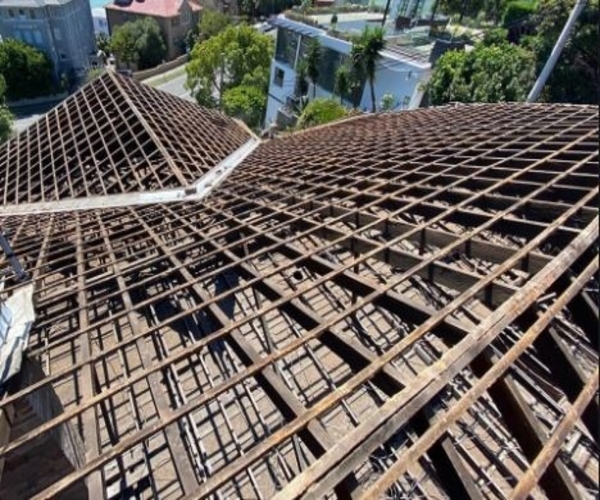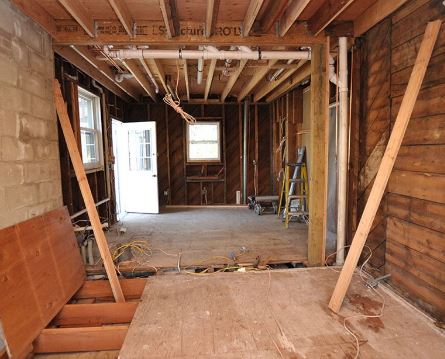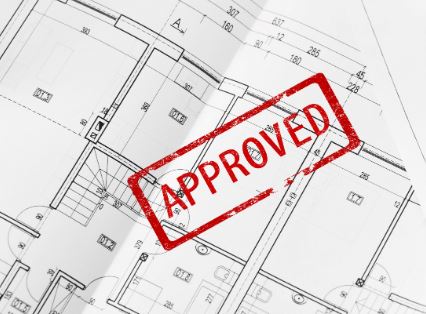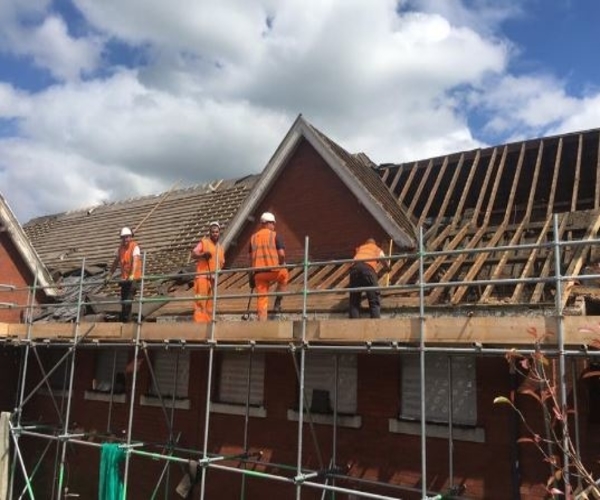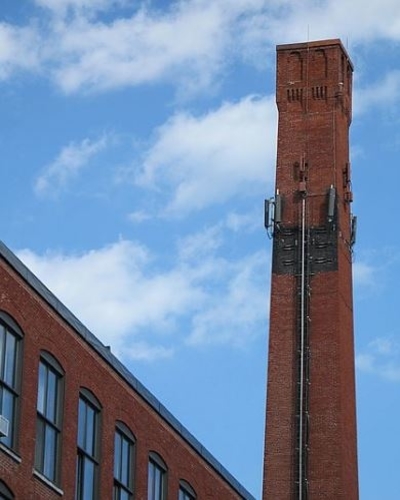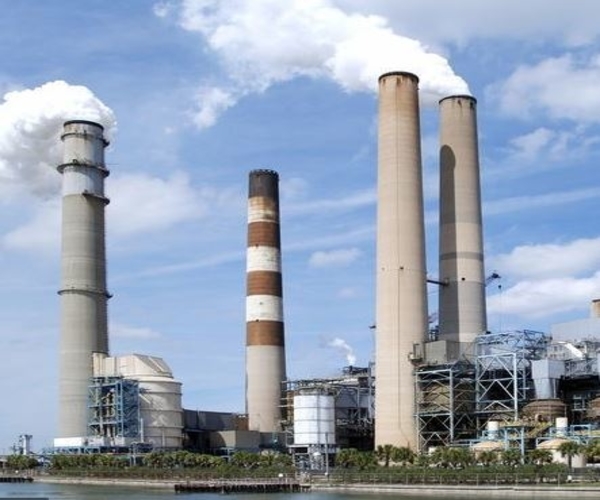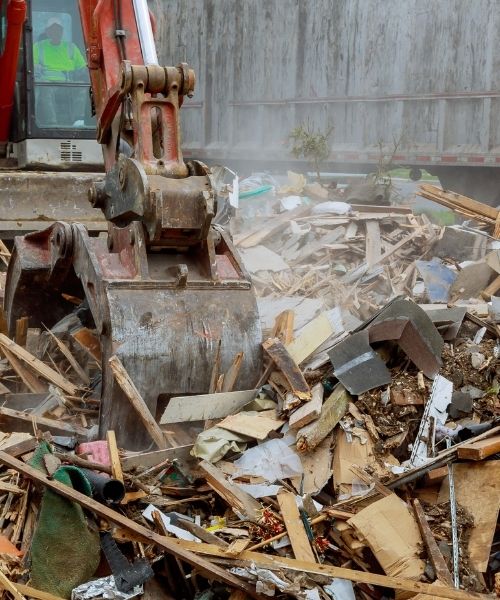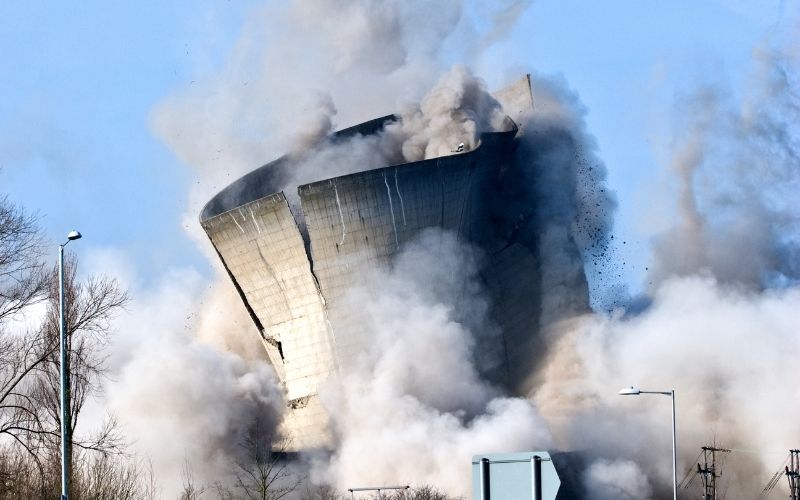What is a Demolition Plan?
When a building reaches the end of its life span, the structural damage may make it uninhabitable and dangerous to surrounding buildings. Whether you are demolishing part of a house or tearing down the entire structure, hiring a demolition company in Kent for example, is not as simple as rocking up with excavators.
Existing legislation requires a demolition plan that will stipulate the destruction process, ensure proper disposal of waste, and safeguard the surrounding buildings from damage. While some projects do not need planning permission, you need to confirm with your local demolition contractor to avoid penalties and additional expenses.
In this article we look at some of the elements and process of a demolition plan.

Pre-Demolition Survey
The first step in ensuring a safe demolition process is to hire a demolition company to conduct a building and structural survey. In the building survey phase, the contractor studies the construction materials used, the hazardous materials present and previous property usage.
They will also check the shared utilities, adjoining traffic conditions and underlying drainage problems that could cause erosion or flooding. In home counties demolition projects and all other areas the experts need to ascertain the impact of noise and dust on the surrounding community. On the other hand, the structural survey uncovers the skeletal system used in designing the building, the construction methods, and underground tanks’ condition.
Apart from surveying the building, it is vital to consider how the location of the demolition site can complicate the process. For instance, it is challenging to control the waste materials in a hilly area since they can tumble down the sloppy areas. Besides, the air pollution may spread to a wider area if the house is on top of the hill.
Removal of Hazardous Materials
During the survey, the contract may identify hazardous materials in the building structures, such as asbestos or flammable liquids. The materials can cause severe environmental pollution if not safely removed before the demolition process. Apart from asbestos, the contractors should check for harmful paints, microbiological waste common in old hospital buildings and acids.


Determining the Demolition Methods
Demolitions plans usually illustrate the sequence of demolitions and identify the destruction method that works for the structure with minimal environmental impact. Depending on the construction materials, the demolition company can use non-explosive methods, which use hand tools or machinery, and robotic demolition by employing electric excavators. Some of the non-explosive methods include:
Soft strip: The demolition relies on hand tools to strip off floor coverings, ceilings, lifts, doors, and partitions methodically. The disposal also relies on waste chutes and lifts before carrying the waste out of the site using bins.
High-reach demolition: It uses different types of excavators to raze down a building. High-reach machines are for tall buildings, but a standard machine can take over in the lower levels.
Deconstruction: For panel buildings and tower blocks built with large concrete panels, the contractor uses cranes to remove the panels in reverse order. However, it needs support to ensure it does not collapse during deconstruction.
Explosive demolition uses explosives to remove the foundation of the building, and the entire structure will collapse. Here are some standard methods of explosive demolition depending on how the building collapses:
Falling like a tree: If the house has a significant distance from other buildings in the area, demolishing the house sideways is the best option. The contractor will place the explosives on the lower levels and uses cables to control the direction of the fall.
Falling into footprint: If there is limited space, the contractor can set the explosives in the middle of the building to ensure it implodes on its footprint.
Safety Measures
The demolition plan must stipulate the safety measures in place to protect the contractors and the environment. For instance, there should be strategies to reduce and monitor noise, dust, and vibrations. Fire and emergency plans should be comprehensive and included in the health and safety induction.
Conclusion
When a building becomes uninhabitable, do not worry about the details required for demolition. Instead, hire a demolition company, and they will take care of all the legal documents and work. This protects your neighbours and the environment from pollution and unnecessary disruptions caused by the deconstruction process.
Read more
Demolition Companies Knocked by COVID-19
Roof Demolition
Chimney Demolition
Construction Materials in Short Supply
Demolition Accreditation and Certificates
Demolishing Load Bearing Walls
Demolition Planning Permission
Demolition Waste Efficiency
Demolition at Didcot Power Station
Demolition Excavators
We are here to help
When you are next researching for a quality and competitive demolition company for whatever construction project, please do not hesitate to get in touch with our friendly team, we offer a free quote and site survey.
Call us today on 01322920 053 to get a quote for your next demolition project.


